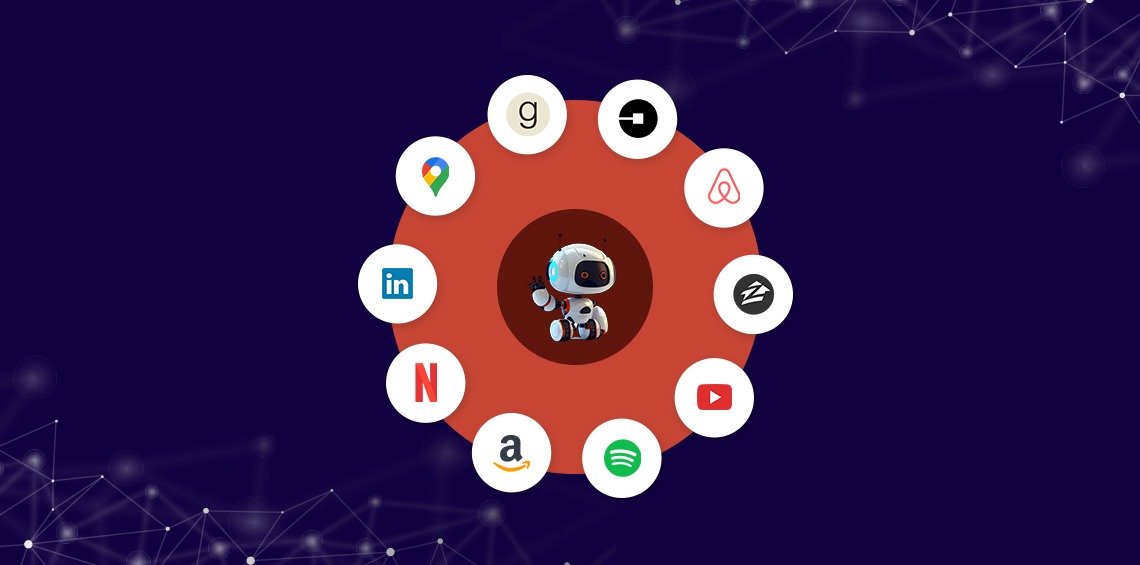In today’s digital age, we are bombarded with vast information and choices. From online shopping to streaming services, it can be overwhelming to navigate through the plethora of options available. This is where recommender systems come in – they help us make sense of the endless choices by suggesting relevant options based on our interests and preferences.
In this blog, we will explore ten remarkable real-world examples of recommender systems and how they are changing the way we interact with businesses.
1. Netflix
Netflix’s recommendation engine is perhaps the most well-known and widely used recommender system. It uses an algorithm to analyze a user’s viewing history, rating, and search behavior to suggest movies and TV shows that the user is likely to enjoy. The algorithm takes into account the genre, the actors, the director, and other factors to make personalized recommendations for each user.
2. Amazon
Amazon’s recommendation engine suggests products based on a user’s purchase history, search history, and browsing behavior. It makes personalized recommendations based on the user’s prior purchases, products viewed, and items added to their shopping cart.
3. Spotify
Spotify’s music recommendation system suggests songs, playlists, and albums depending on a user’s listening history, liked songs, and search history. It tailors recommendations based on the user’s listening habits, favorite genres, and favorite artists.
4. YouTube
YouTube’s recommendation engine suggests videos based on a user’s viewing history, liked videos, and search history. The algorithm considers factors such as the user’s favorite channels, the length of time spent watching a video, and other viewing habits to make personalized recommendations.
5. LinkedIn
LinkedIn’s recommendation engine suggests jobs, connections, and content based on a user’s profile, skills, and career history. To make personalized recommendations, the algorithm takes the user’s job title, industry, and location.
6. Zillow
Zillow’s recommendation system suggests real estate properties depend on a user’s search history and preferences. Users can receive personalized recommendations based on their budget, location, and desired features.
7. Airbnb
Airbnb’s recommendation system suggests accommodations based on a user’s search history, preferences, and reviews. Personal recommendations are made based on factors such as the user’s travel history, location, and desired amenities.
8. Uber
Uber’s recommendation system suggests ride options created on a user’s previous rides and preferred options. When recommending rides, the algorithm considers factors such as the user’s preferred vehicle type, location, and other preferences.
9. Google Maps
Google Maps’ recommendation system suggests places to visit, eat, and shop based on a user’s search history and location. Personalized recommendations are generated based on factors such as the user’s location, time of day, and preferences.
10. Goodreads
Goodreads’ recommendation engine suggests books centered on a user’s reading history, ratings, and reviews. To provide personalized recommendations, the algorithm considers factors such as the user’s reading habits, genres, and favorite authors.
From online shopping to entertainment and travel. These systems have significantly improved the user experience by suggesting relevant options based on our interests and preferences. The success of these real-world examples showcases the power and effectiveness of recommender systems in various industries. With advancements in artificial intelligence, recommender systems are expected to become even more accurate and personalized in the future.
Seeking recommender engine solutions for your enterprise? AppsTek Corp experts guide you through the AI and ML complexities with custom-tailored assistance.

